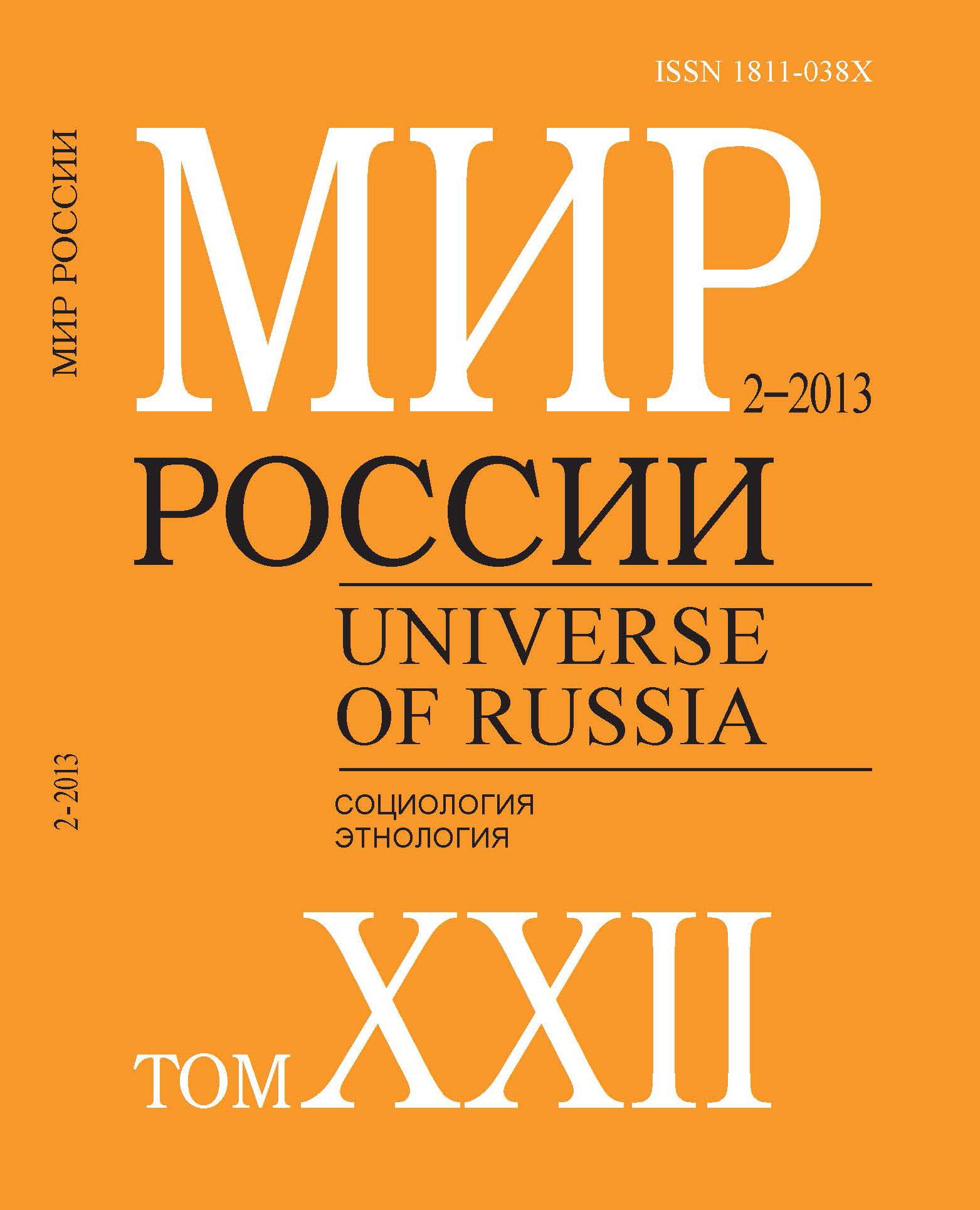Social Efficiency of Technological Modernization in Russia
Abstract
Vladimir Karacharovskiy — Vice Head, Chair for Socioeconomic Systems and Social Policy, National Research University “Higher School of Economics”. Address: 20, Myasnitskaya St., Moscow, 101000, Russian Federation. E-mail: vvk@hse.ru
The inefficiency of Russian capitalism is most vividly highlighted by its peripheral location within the world economy. However, it is not merely the technological backwardness and dependence that is the major aspect of the problem, but rather the situation of equilibrium and market failure. To modernize Russia’s economy, one would require particular tools, i.e. certain social preconditions. A change in the philosophy of business decision-making and a new approach to the assessment of efficiency would be the most important of these.
The unfavorable situation with technological modernization in the Russian economy is regarded as a result of the market-driven development in the 2000s and corresponding state policies implemented during this period. It can be characterized as follows. From an external point of view the relatively positive change of macroeconomic indicators obscures the processes of degradation. Low rates of returns in high-tech industries signal higher production costs and low prices for the finished products. This is largely a consequence of a pseudo-innovative strategy of enterprises exploiting existing technologies and engaging in highly competitive market niches, thus making it less possible to achieve a global level of competitiveness.
Such a mode of economic development indeed preserves some hi-tech sectors of the national economy, but it is doomed to ‘catch up’ constantly and to fail any kind of radical ‘advancement’. This situation can actually be termed as ‘low-tech equilibrium’, which is impossible to overcome by any particular enterprise alone. This is why the adoption of ‘pseudo-innovative’ strategies by these enterprises is to a large extent an involuntary decision.
The current logic of assessing business efficiency is one constraint which prevents Russia’s economy from avoiding this systemic trap. The author argues that returns to innovations have to be enhanced with additional indicators, which would account for other potential returns and externalities that deliver goods to the whole society or, at least, other actors as well.
The implementation of this principle, however, substantially depends on how the interests of society are defined, taking into account its current problems and strategic tasks. In order to elaborate such technique of assessing public efficiency, it would be reasonable to start with identifying various forms of pseudo-development. To do so, it would make sense to consider all potential benefits, the process of decision making, and other important details about the innovative process along with its bare financial results.
The article concludes that contemporary Russia requires a new type of economic rationality which goes beyond the narrowly perceived commercial benefit of economic activity as a whole to account for the balance of its commercial and social efficiency.






